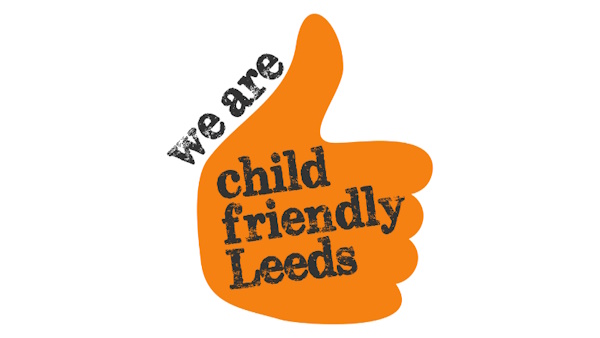In emergencies or where a crime is suspected, the police should be contacted.
What is domestic violence and abuse
Domestic violence and abuse refers to any incident or pattern of incidents of controlling, coercive or threatening behaviour, violence or abuse between those aged 16 or over who are or have been intimate partners or family members, regardless of gender or sexuality. Most reported incidents relate to women and girls as victims or survivors, but this is not always the case.
Domestic violence and abuse can encompass, but is not limited to, the following types of abuse:
- psychological
- physical
- sexual
- financial
- emotional
Controlling behaviour
Refers to a range of acts designed to make a person subordinate or dependent by, for example: isolating them from sources of support; exploiting their resources and capacities for personal gain; depriving them of the means needed for independence, resistance and escape; and regulating their everyday behaviour.
Coercive behaviour
Refers to an act or a pattern of acts of assault, threats, humiliation and intimidation or other abuse that is used to harm, punish, or frighten their victim. This definition, which is not a legal definition, includes so called 'honour' based abuse,female genital mutilation (FGM) and forced marriage. Victims are not confined to one gender or ethnic group. Coercive control can be a criminal offence.
Responding to domestic violence incidents
Children's services become involved in cases of domestic violence and abuse where the household includes a pregnant woman and/ or children are present or are members of the household and they are at risk of significant harm.
In some cases we are already working with the child and their family and get to know directly. At other times, we get to know about the incident following police attendance at any incident of domestic violence or abuse in Leeds where a pregnant woman or a child/ children are present.
Following increased partnership working, police officers are now co-located at the Duty and Advice Team. This enables police and children's services to work together and share information on cases of domestic violence and abuse, leading to more integrated and effective partnership working in this area.
How partners work together
When the police are called to a household because of a reported domestic violence and abuse incident, the attending officer completes a DASH (Domestic Abuse, Stalking & Honour Based Violence) risk assessment. When a pregnant woman or a child (or children) are present, Children's Social Work Service is notified and the DASH risk assessment is shared.
In addition to a planned daily meeting, domestic violence and abuse safeguarding discussions take place between police colleagues and social work managers as required during the day. Discussions focus on whether a child/ children or unborn child is at risk of significant harm or there is the likelihood of significant harm. They consider the detail of the presenting incident and the DASH risk assessment, along with historical information.
If this is the case Duty and Advice will progress to social work teams for further assessment. All referrals are dealt with in line with the West Yorkshire Safeguarding Procedures available from the Leeds Safeguarding Children Partnershipwebsite. If it is decided that the family does not require a social work response or assessment but might benefit from universal or targeted services, information will be shared with the relevant practitioner at a local level. Where there is high risk to the adult, consideration may be given to a referral to a Multi–Agency Risk AssessmentConference (MARAC).
What practitioners should do
Practitioners should be mindful of the possibility of domestic violence and abuse when working with families. They should contact Duty and Advice if they are aware of an incident of domestic violence or abuse where a pregnant woman or a children are present or members of the household and they are at risk of harm.
Key contacts and more information
Duty and Advice Team: 0113 376 0336
Police emergencies: 999
Police Safeguarding Unit (non-emergency): 0113 385 9576
Leeds Domestic Violence Service 24 hour helpline: 0113 246 0401 (women seeking refuge accommodation can also ring this number). Email: hello@ldvs.uk
National Domestic Violence Helpline: 0808 2000 247
Men's Advice Line (for male victims and survivors): 0808 801 0327
Galop- supporting lesbian, gay, bisexual and trans people who have experienced violence or abuse. Helpline: 0800 999 5428
Support After Rape and Sexual Violence Leeds. Helpline: 0808 802 3344
Forced Marriage - Karma Nirvana. Helpline: 0800 5999 247
Perpetrators - Respect. Helpline: 0808 802 4040
Printable version
